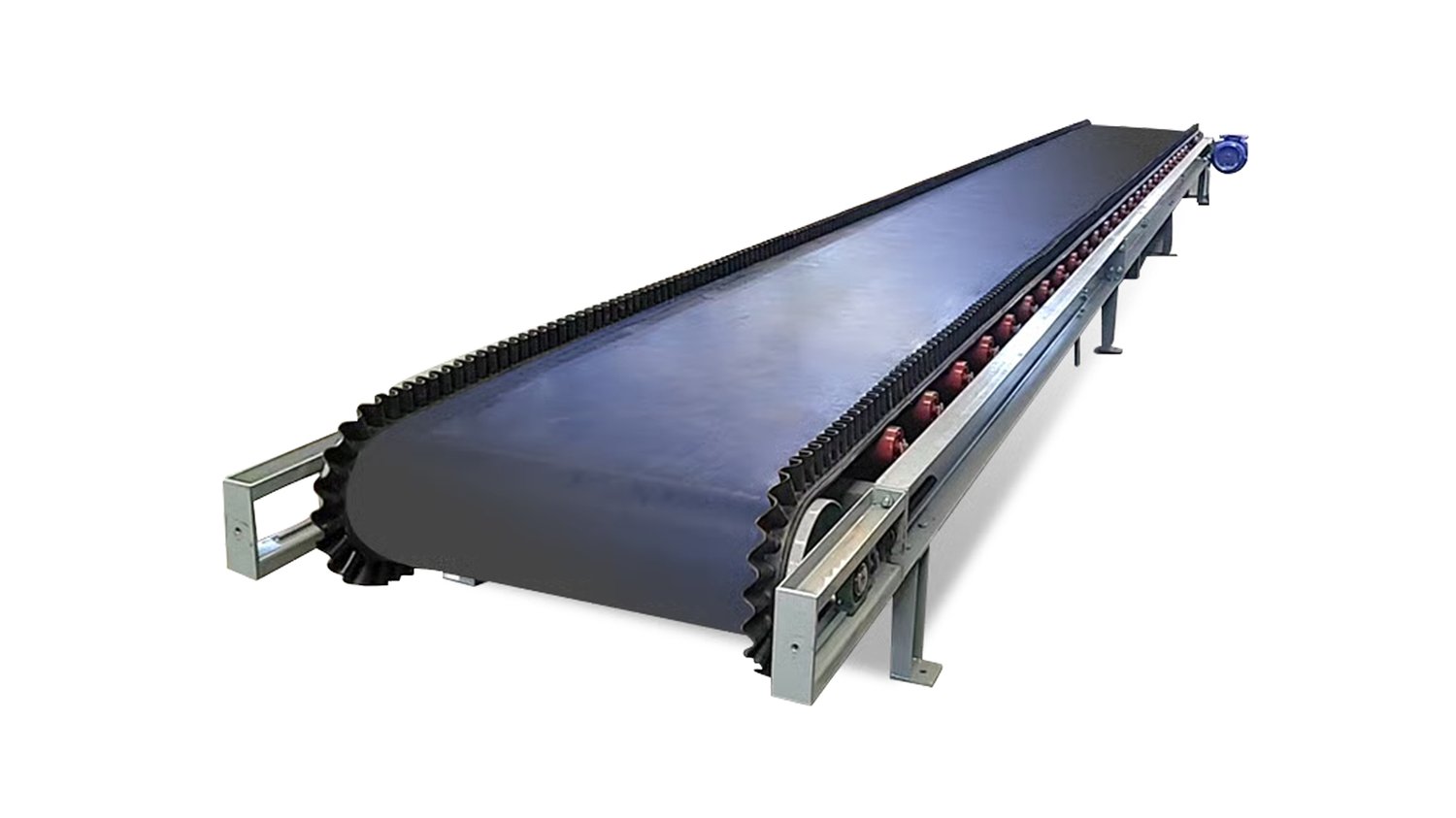A bucket elevator is a versatile and efficient machine used to elevate bulk materials vertically. It consists of a series of buckets attached to a belt or chain that rotate to transport materials from one level to another.
Types of Bucket Elevators
There are three main types of bucket elevators: centrifugal, continuous, and positive discharge. Centrifugal elevators are the most common and are ideal for handling large volumes of materials. Continuous elevators are best for gentle handling of fragile materials, while positive discharge elevators are suited for materials that are prone to packing or clogging.
Advantages of Bucket Elevators
Bucket elevators offer several advantages, including their ability to handle a wide range of materials, their high capacity and efficiency, their minimal footprint, and their ability to transport materials vertically, horizontally, or at an incline.
Components of a Bucket Elevator
Key components of a bucket elevator include the buckets or cups, the belt or chain, the drive unit, the head section, the boot section, and the casing. Each component plays a crucial role in the operation and efficiency of the system.
Applications of Bucket Elevators
Bucket elevators are commonly used in industries such as agriculture, mining, power generation, cement, and food processing. They are used to elevate materials such as grains, fertilizers, ores, coal, cement, sugar, and more.
Factors to Consider When Choosing a Bucket Elevator
When selecting a bucket elevator for your application, consider factors such as the type and size of materials being handled, the required capacity and speed, the vertical and horizontal distance to be covered, and any specific requirements or constraints of the application.
Maintenance and Safety Tips for Bucket Elevators
Proper maintenance is essential to ensure the smooth and efficient operation of a bucket elevator. Regularly inspect and lubricate moving parts, monitor belt tension and alignment, and address any issues promptly to prevent downtime and ensure worker safety.
Bucket Elevator Regulations and Standards
Bucket elevators are subject to various regulations and standards to ensure their safe operation. These may include guidelines on design, construction, installation, operation, and maintenance practices to prevent accidents and ensure compliance with industry best practices.
Innovations in Bucket Elevator Technology
Advancements in technology have led to innovations in bucket elevator design and operation. Some modern bucket elevators feature adjustable speed controls, self-cleaning buckets, remote monitoring capabilities, and other advanced features to improve efficiency and safety.
Choosing the Right Bucket Elevator for Your Needs
When selecting a bucket elevator for your specific application, consider factors such as material characteristics, required capacity and speed, space limitations, and budget constraints. Consult with a knowledgeable supplier or engineer to ensure you choose the right elevator for your needs.
Quote Inquiry
contact us

